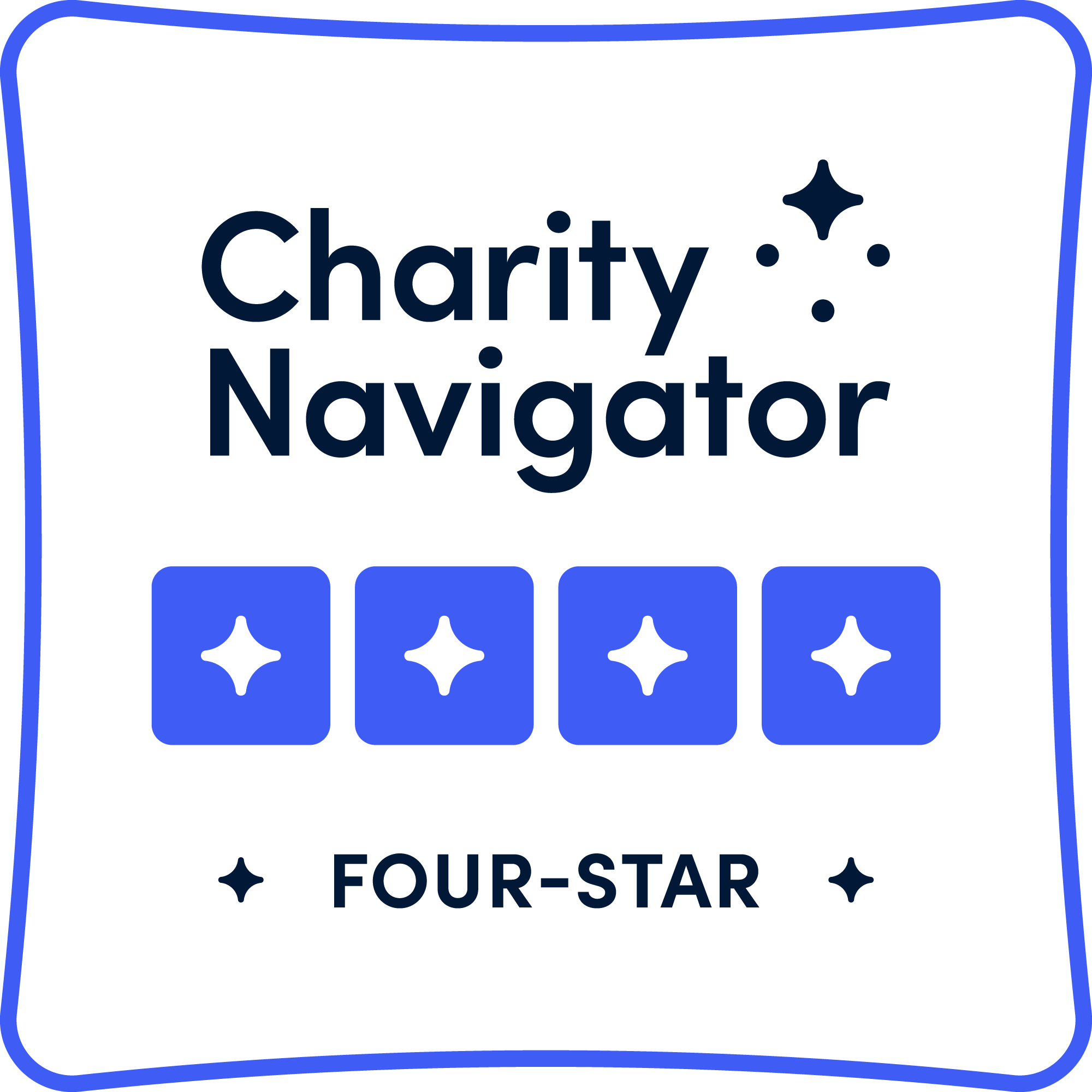safe schools
THE IMPACT ON EDUCATION POST-DISASTER
MARCH 16, 2023
When disaster strikes, the ripple effects resonate throughout communities for years. The impact on education post-disaster is often overlooked but has overwhelming societal consequences.
As a result of damage or destruction following disasters, education is interrupted for weeks, months and often years, leaving devastating social and economic impacts for entire generations. This is exacerbated in countries where access to education is already strained.
Research suggests the consequences of such hazardous events on schools reduce educational attainment, hinder academic performance and creates higher rates of absenteeism. These vulnerabilities, compounded by tertiary effects of the initial disaster, such as sickness or malnutrition, may also contribute to students missing school and, in the long run, could impact their opportunities, decisions and/or earnings when they reach adulthood.
That is why All Hands and Hearts (AHAH) champions the rebuilding of disaster-resilient schools in the early phase of recovery to ensure communities can return to some sense of normalcy more quickly.
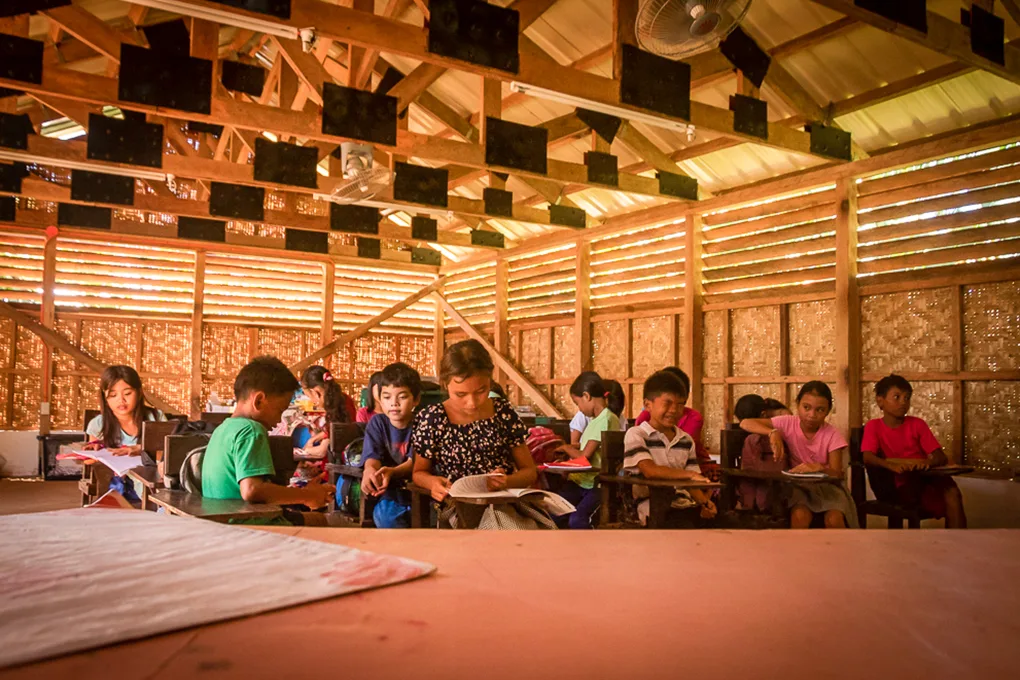
With students in school, they can socialize with their peers, continue their education and have an improved opportunity of gaining quality grades while parents can return to work, providing an income for their families with peace of mind knowing their children are safe.
Most recently, AHAH completed ten transitional learning spaces (TLS) across six schools in Southern Leyte, Philippines, supporting more than 2,000 students. A country prone to multiple hazards each year, the Philippines is ranked one of the most dangerous places to live in the world.
In December 2021, Typhoon Rai (known locally as Odette) wreaked havoc over this island nation, destroying more than 2,400 schools. When the academic year began in August 2022, Southern Leyte faced a major challenge: insufficient classrooms for in-person learning. More than 3,500 classrooms were deemed unusable by the Department of Education. Their solution, for the majority, was to teach in tents. A dire solution to what are the most formative years of a person’s life.
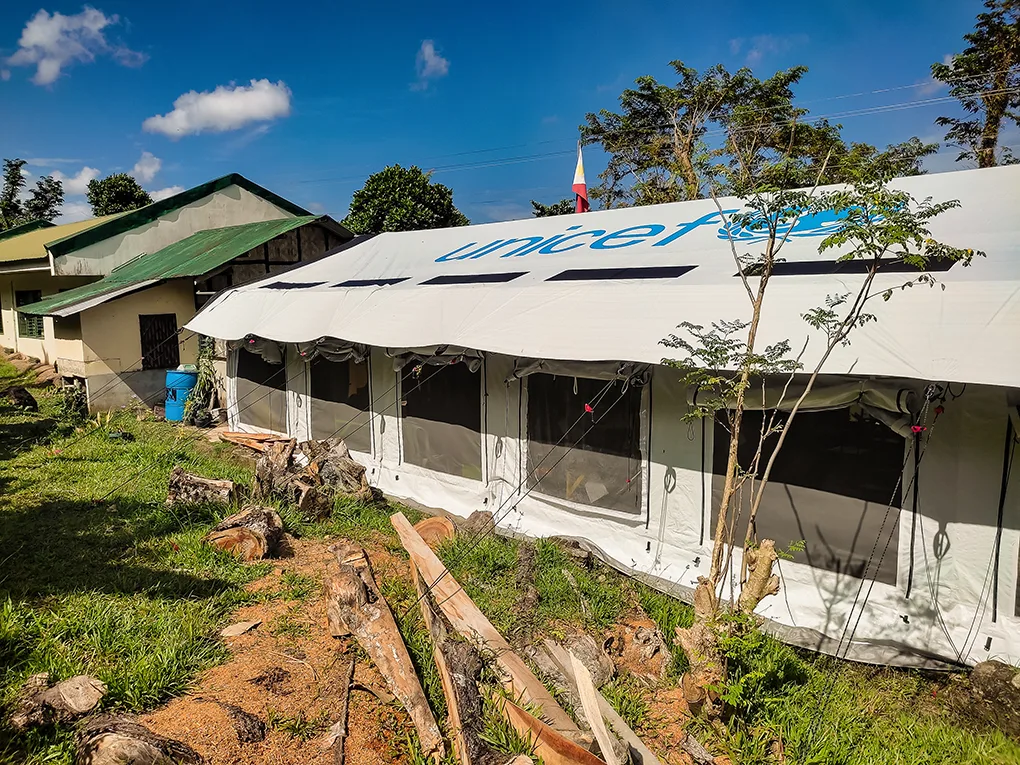
Without an adequate learning environment, this generation of children and those that follow will face a higher likelihood of unemployment or exploitation in the workplace, consequently trapping them into a life of poverty. It was paramount for AHAH to address some part of this education crisis to prevent it from becoming a reality.
Listening to this need, we pivoted from our traditional scope of work (building an entire school, a project taking around six months to complete) to constructing TLS to reach as many students as possible across the most vulnerable schools in the area.
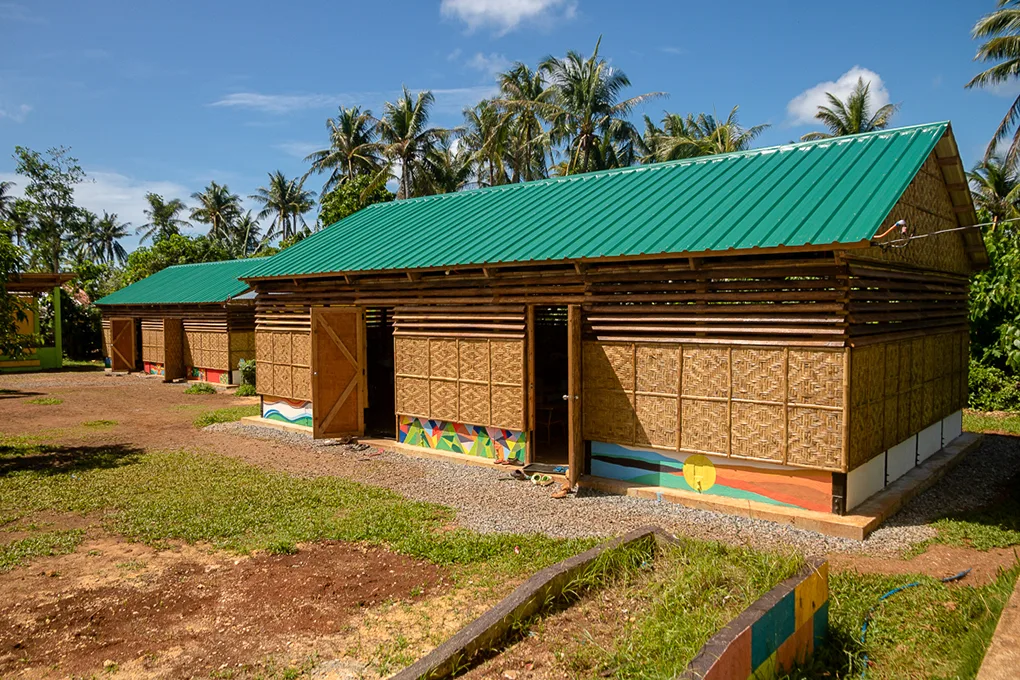
A TLS is a singular module designed to meet the needs of a school impacted by a disaster that will serve well into the long-term recovery phase. They are a comfortable and engaging environment where pupils can thrive. Natural lighting, sufficient ventilation and comfortable indoor temperatures are crucial to create an inviting space where the students are eager to participate.
AHAH worked with the Department of Education to enhance and reinforce the proposed TLS design, ensuring it conforms to the culture of Southern Leyte and can withstand up to category three cyclones, creating an educational space with a minimum five-year lifespan. An example of these modifications includes using amakan, a traditional building material in the Philippines consisting of woven split bamboo, instead of plywood, to provide improved ventilation.
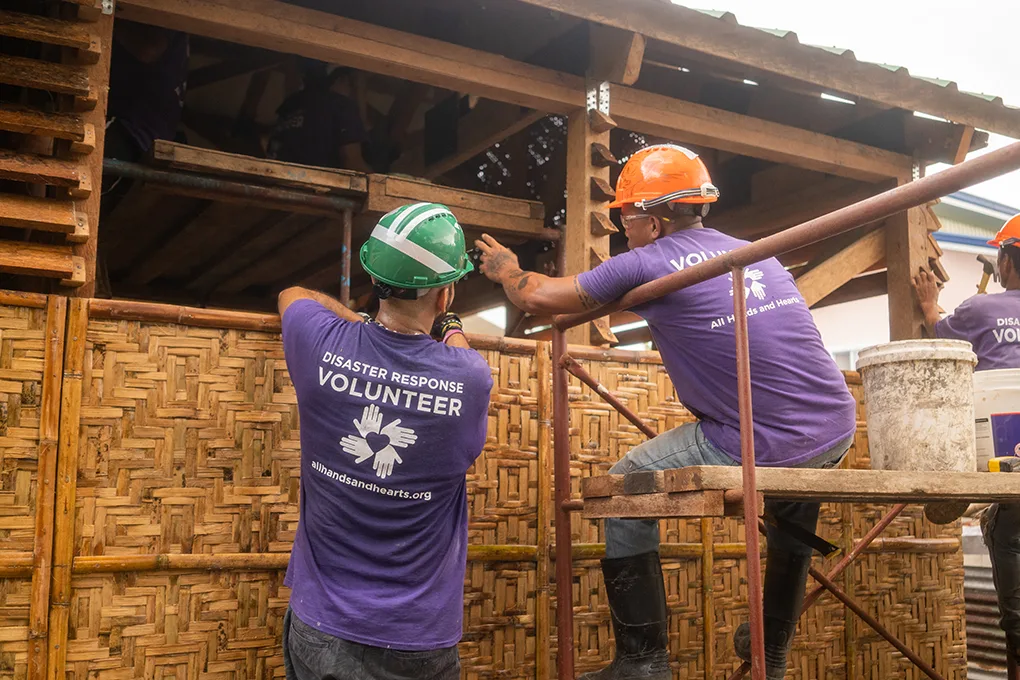
The video below captures the life cycle of this program, where you will hear the voices of the community members, including students, teachers and parents, and witness the damage and destruction caused by Typhoon Rai to the schools we have served. Finally, you will see the TLS and how happy the community is knowing their children are learning in a safe, conducive and happy environment.
To the 448 volunteers who gave their endless energy and passion, many of which were the student’s parents, our dedicated staff team and the generous donors who support these programs to become a reality, we thank you!
Written by Emma Parkhouse, AHAH’s Director of Donor Relations




